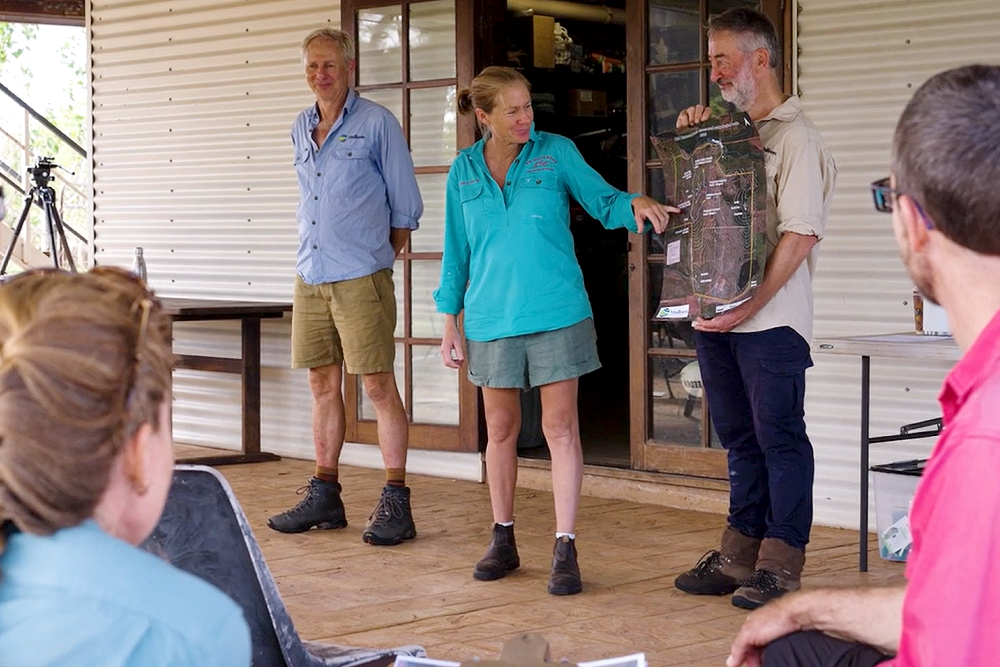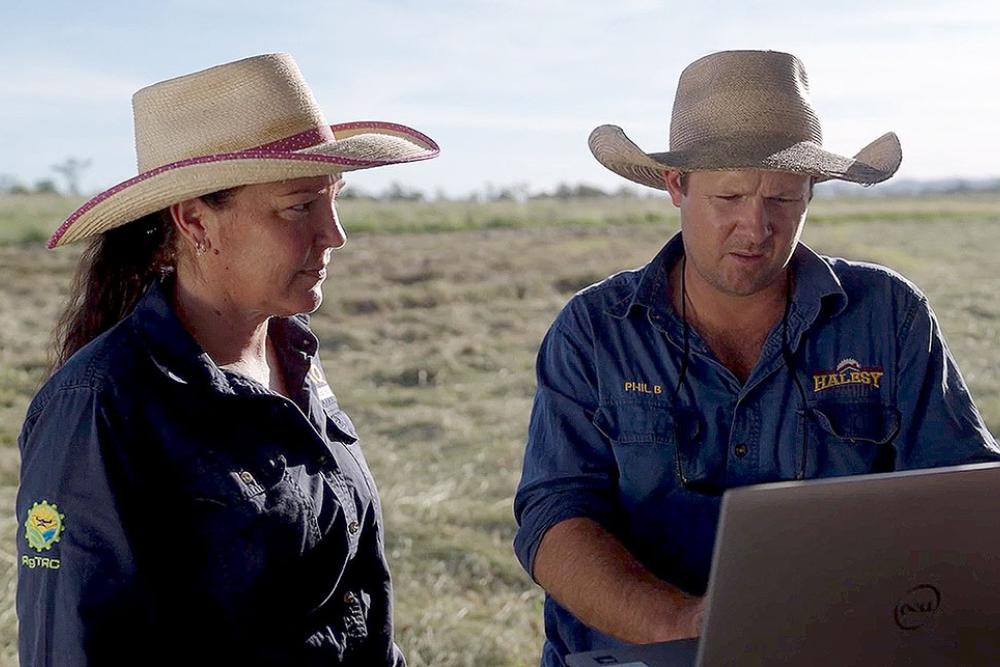Growing up in outback Queensland, Emily Harrington prepares for drought the same way she approaches her work at the Tropical North Queensland Drought Resilience Adoption and Innovation Hub (TNQ Hub).
She thinks ahead while meeting the needs of today.
Emily comes from a farming family that embraces innovation, so her role is a natural fit.
‘The hub supports drought resilience and to me that means being prepared and knowing it’s coming. Drought’s not if, it’s when – and adapting stock numbers, resting paddocks, and building new dams or pipes or watering systems.
‘Resilience is just being practical in the day-to-day and doing what’s needed to get by,’ she said.
Emily brings a diverse set of skills and experience to the TNQ Hub, which is supported through funding from the Australian Government’s Future Drought Fund.
She’s worked in marketing, health care, transport and her brother’s agricultural technology business as well as on her family’s property near the small outback town of Richmond, almost 500 km west of Townsville.
‘My brother’s influence gave me knowledge of what things like remote sensing can do at both a personal level and professionally in a business,’ she said.
‘Embracing innovation is part of working in agriculture.
‘I’ve seen people who refused to even use the internet not so long ago now use their phones to identify weeds and diagnose livestock conditions.’
Emily understands the trauma of living through drought and brings this to her role at the TNQ Hub.
Throughout her life, like many other bush kids, she helped her parents euthanise stock and native animals that could not be saved when drying dams turned to black, sticky mud.
‘Everyone on the land has a story like that in drought,’ she said.
For Emily, the TNQ Hub is the ‘middle piece’ that brings people together to exchange information and find solutions.
At the 2021 Future Drought Fund Science to Practice Forum, she hosted a gathering at her family’s farm.
It was a chance for Forum attendees, including staff from the Department of Agriculture, Fisheries and Forestry, to see farm life.
‘Our property is small in the scheme of things, but we have a very different lifestyle compared to those in the cities with shopping centres and beaches or living in high rises,’ she said.
From her very first day at the TNQ Hub, Emily’s mission has been to bridge the gap between the city and the bush, to get ready for the dry times ahead.
‘When I first joined the hub, it was all-hands-on-deck to support the Knowledge Broker, Director and Program Manager,’ she said.
‘I did a bit of everything until recently; now I’m focussed on designing and implementing our communication and marketing strategies.’
This includes publishing a monthly newsletter, managing social media and planning and hosting field trips and networking events.
‘The best way to fix the disconnect between the city and the country is to bring people together and I love being able to do that.’
Learn more about the 8 Drought Resilience Adoption and Innovation Hubs across Australia.



